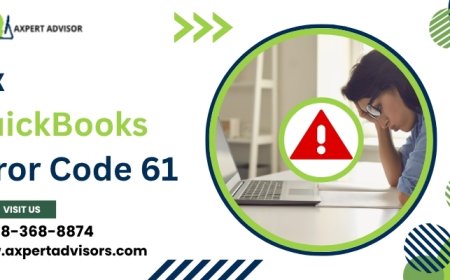What’s the Fastest Way to Build an Emergency Fund in the USA?

Life is unpredictable, and financial emergencies can strike at any timewhether it's a sudden medical bill, car repair, or unexpected job loss. Having an emergency fund is crucial to weathering these storms without falling into debt. But how can you build one quickly?
In this guide, well explore the fastest ways to build an emergency fund in the USA, offering practical strategies to save money efficiently.
Why an Emergency Fund is Essential
An emergency fund acts as a financial safety net, covering unexpected expenses without relying on credit cards or loans. Experts recommend saving3 to 6 months worth of living expenses, but even a small fund ($1,000) can make a big difference in a crisis.
Step 1: Determine Your Emergency Fund Goal
Before you start saving, calculate how much you need:
-
Basic emergency fund:$1,000 (for minor emergencies)
-
Full emergency fund:3-6 months of essential expenses (rent, groceries, utilities, etc.)
Track your monthly spending to set a realistic target.
Step 2: Choose the Right Savings Account
Your emergency fund should beeasily accessible but separatefrom your daily spending. Consider:
-
High-yield savings accounts(better interest rates than traditional savings)
-
Money market accounts(higher returns with check-writing access)
-
Credit unions(often offer competitive rates)
Avoid locking funds in long-term investments like CDs or stocks, as you may need quick access.
Step 3: Cut Expenses and Save More
The fastest way to build an emergency fund is byreducing expenses and increasing savings. Heres how:
1.Slash Non-Essential Spending
-
Cancel unused subscriptions (streaming, gym memberships)
-
Cook at home instead of dining out
-
Use public transportation or carpool to save on gas
2.Negotiate Bills
-
Call service providers (internet, phone, insurance) to ask for discounts
-
Switch to cheaper alternatives if possible
3.Adopt a Frugal Lifestyle
-
Buy generic brands instead of name brands
-
Shop at thrift stores or use coupons
-
Limit impulse purchases with a 24-hour waiting rule
Step 4: Increase Your Income
If cutting expenses isnt enough, boost your earnings with:
1.Side Hustles
-
Freelancing (writing, graphic design, tutoring)
-
Gig economy jobs (Uber, DoorDash, Instacart)
-
Selling unused items (eBay, Facebook Marketplace)
2.Ask for a Raise or Promotion
-
Document your achievements and present them to your employer
-
Research industry salary standards to negotiate better pay
3.Seasonal or Part-Time Work
-
Retail jobs during holidays
-
Weekend shifts at local businesses
Step 5: Automate Your Savings
Make saving effortless with automation:
-
Set updirect depositto transfer a portion of your paycheck into savings
-
Use apps likeDigit or Qapitalto save small amounts automatically
-
Round up purchases and save the spare change (via apps like Acorns)
Step 6: Use Windfalls Wisely
Unexpected cash infusions can accelerate your emergency fund growth:
-
Tax refunds Save a portion instead of spending it all
-
Bonuses or commissions Allocate a percentage to savings
-
Gifts or inheritance Prioritize financial security over splurging
Step 7: Stay Disciplined and Avoid Temptation
Building an emergency fund requires consistency:
-
Track progressmonthly to stay motivated
-
Avoid dipping into savingsfor non-emergencies
-
Reward milestones(e.g., celebrate saving your first $1,000)
Common Mistakes to Avoid
-
Saving Too Slowly Small contributions take longer to grow. Aim for aggressive savings initially.
-
Keeping Funds in a Checking Account Easy access may lead to unnecessary spending.
-
Ignoring High-Interest Debt Pay off credit card debt while saving to avoid losing money on interest.
Final Thoughts
Building an emergency fund quickly requiresdiscipline, smart budgeting, and extra income streams. By cutting expenses, increasing earnings, and automating savings, you can create a financial cushion in weeks or monthsnot years.
Start today, even with small steps. Every dollar saved brings you closer to financial security.
For more money-saving tips and financial advice, visitRazblog.





































